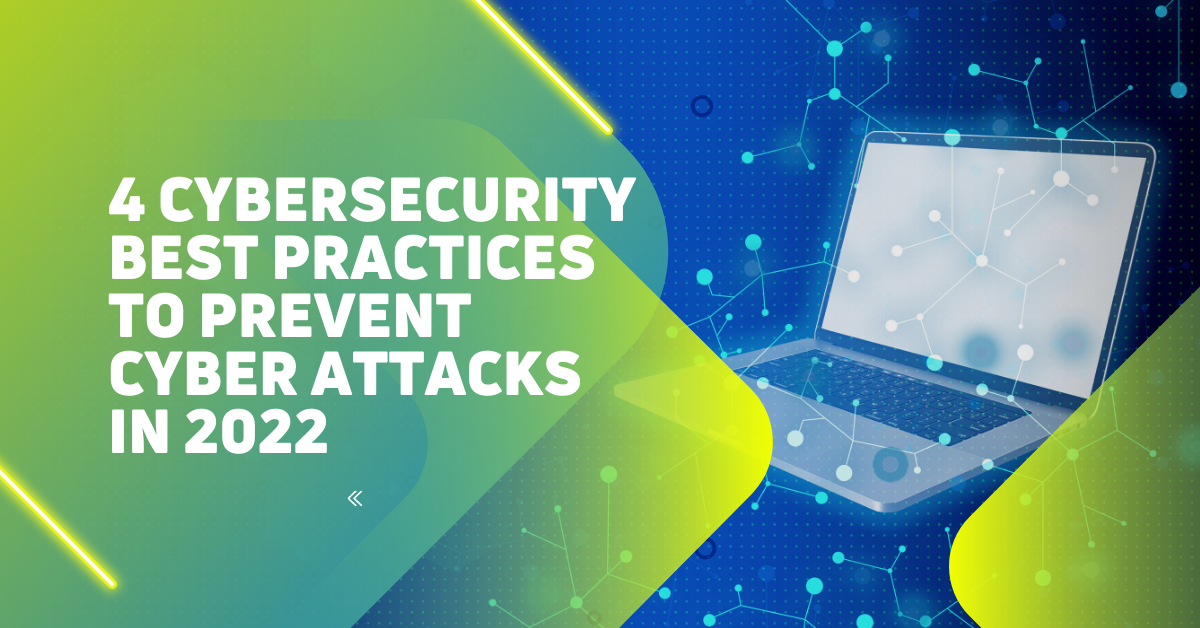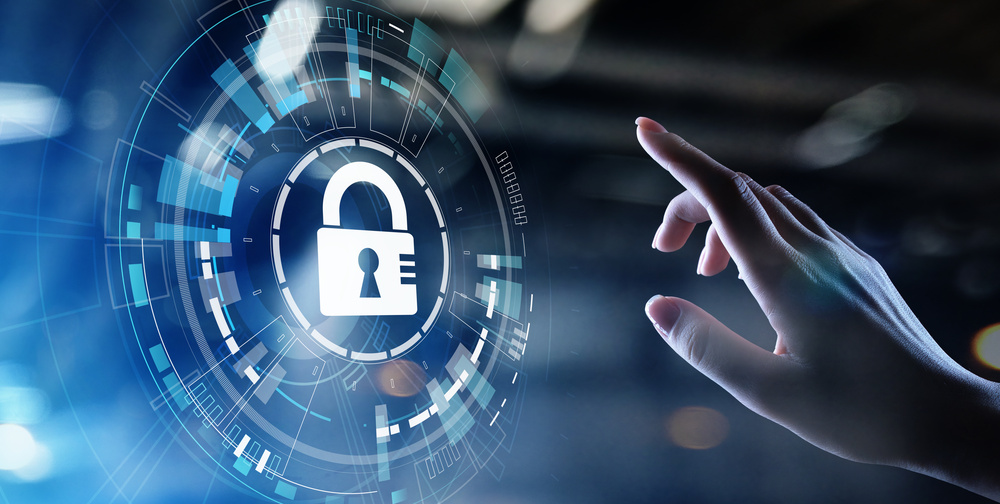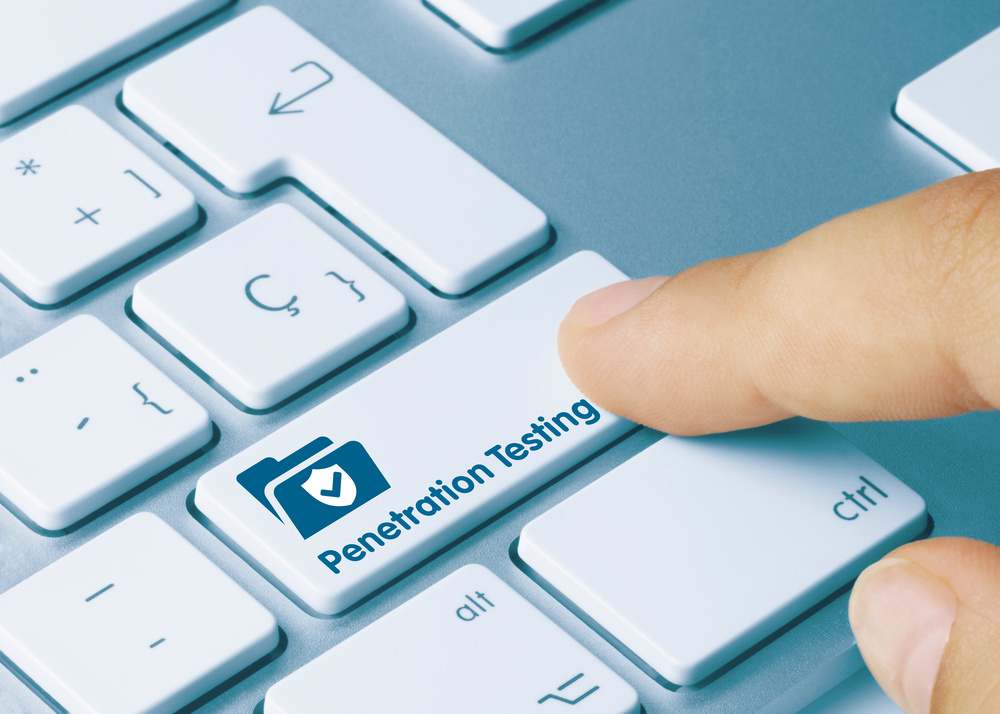Here, I will show you 4 cybersecurity best practices to prevent cyber attacks…
The past few years have seen the world increase its dependence on digitization. The use of digital tools has, likewise, increased exponentially. In turn, the spike in online activities has resulted in the creation of data so large that it’s estimated to reach almost five zettabytes by 2022.
Considering that a zettabyte equals about a billion terabytes, five zettabytes mean you’d need about a billion one-terabyte hard drives to store such an amount of data.
This size illustrates how much digital information has grown over the past few years. And, with this increase also comes the increase in cyberattacks.
Table of Contents
Rise Of Cyberattacks
In 2021, the global cost of cyberattacks was more than USD$6 trillion, a marked increase from 2020, which was USD$1 trillion.
It’s also projected that the total cost of cyberattacks will reach USD$10 trillion in 2025. These are alarming figures, but such numbers are compelling arguments for shoring up your company’s cybersecurity.
CHECK OUT: 2024 Cybersecurity: The Rise of CyberAttacks
The instances of attacks are getting numerous due to the increased digital presence of businesses, making targets plentiful. Automation has also increased, and since codes create this system, it can also create opportunities for hackers to access it if not properly secured.
Moreover, cybercriminals are also getting sophisticated. The more businesses use digital processes, the more opportunities there are for cybercriminals. You can check out our web security guide to learn more.
READ ALSO: How to Troubleshoot Antivirus Problems: A Comprehensive Guide
An Overview Of Cyberattacks
Cyberattack refers to a malicious attempt done by cybercriminals or hackers to steal or attempt to steal data, or disrupt or cause damage to networks and computers.
Deliberate, malicious attacks like these can cause data breaches and cripple computers. Hackers can also use compromised computers as a springboard to launch attacks on other systems.
Here are a few of the most common cyberattacks:
- Malware
- Rootkits
- Password attacks
- Phishing
- SQL injections
- Denial-of-service (DOS) attacks
- Distributed denial-of-service (DDOS) attacks
- Zero-day exploit
- Cross-site scripting
- Insider threats
There have been security advancements to counter these rising threats. Currently, a kind of cybersecurity ‘arms race’ between hackers and security experts is going on. Moreover, hackers aren’t the only ones getting sophisticated.
Recent technological advancements, such as the addition of artificial intelligence (AI) and its subsets, like machine learning (ML), to cybersecurity, make it more difficult for cyberattacks to succeed.
READ ALSO: How to Use a VPN to Bypass Geo-Blocks: Unlocking Access to Restricted Content
Cybersecurity Best Practices To Prevent Cyber Attacks
However, digital safety doesn’t stop at downloading and installing security solutions on your system. There are cybersecurity best practices that you need to implement in addition to cybersecurity solutions.
Below are some of the best practices that help you protect your technological infrastructure.
1. Raise Your Team’s Web Security Awareness
A 2022 report by the Ponemon Institute states that insider threats grew by 44% from the previous two years. Making all personnel in your company aware and educated about cybersecurity threats is, therefore, an excellent first step.
It won’t matter if you have state-of-the-art security solutions. If the company staff doesn’t take security threats as seriously as they should, no security system in the world can make you safe.
READ ALSO: Best VPN For 2024: Tested By Privacy Experts
Employees should follow your security team’s recommendations and help them appreciate the importance of following security policies and the dangers that cyberattacks pose. Instruct them about possible sources of threats and how to react to malicious activities.
Also, ensure that the entire company personnel knows about properly handling sensitive data. The IT department can also introduce training sessions and seminars about handling phishing attempts and using robust passwords. The seminars should also include how social engineering and scamware work.
Furthermore, establish security protocols for each computer, i.e., only approved apps should be installed, endpoint protection against malware, etc.
READ ALSO: Best Dark Web Monitoring Services In 2024 [Tested, Reviewed & Ranked]
2. Implement Regular System Updates
There’s a reason why regular system updates are standard operating procedures for businesses. For one thing, most software updates are security patches that address vulnerabilities discovered in the previous versions.
Updates also improve features, introduce new ones, and strengthen process stability. They keep your software up-to-date, fix bugs and other issues, improving system performance.
Security patches also help in ensuring that only authorized personnel have access to your data. Moreover, patches and updates help organizations follow the compliance standards of regulatory bodies, like the Health Insurance Portability and Accountability (HIPAA) and General Data Protection Regulation (GPDR).
Various software and operating systems can be updated centrally or manually using patch management software. Manual patch management works great with fewer computers, but this system might not be efficient when working with multiple devices.
Software patches are released continuously and can number up to hundreds, so an automated process is better to help you keep track of the devices and the updates.
Patch management software makes updating and patching your devices more straightforward to monitor. You can install the updates automatically, so there’ll be no need for the device user or IT staff member to search for new updates manually.
READ ALSO: Best Lightweight Antivirus For Old Computers [EXPERT LIST]
3. Conduct Regular Penetration Testing
Cybercriminals are quick to pounce on vulnerabilities and exploit them. By doing penetration tests, you can discover weaknesses and vulnerabilities in your system and remedy them before anyone can exploit them. ‘Pen tests’ can evaluate your organization’s security, a sort of ‘fire drill’ to test your level of preparedness.
A penetration test, or pen test for short, is a simulated cyberattack on your system to discover weak points in your infrastructure.
Such tests are typically performed by qualified security professionals, also known as ‘ethical hackers’ or ‘white hat hackers.’ However, there are pen test tools that can be automated and, thus, easier to run. A security team can run these tools for vulnerability scans, phishing simulations, and others.
4. Back Up Your Data
To prevent any catastrophic losses and costly downtimes, create backups for all your data. Protection is great, but disasters could still happen. Your financial files, databases, account files, human resources files, and other vital records and documents should have backups.
They should be stored digitally in the cloud and on different premises. Remember, disasters like floods or fires can happen, and you don’t want to be caught unprepared for such eventualities and end up losing all of your data.
Use any backup method you think is feasible. Ensure that making backups is scheduled regularly as one of the tasks of the IT staff. An up-to-date backup is one of the best defenses an organization can have in a ransomware attack.
READ ALSO: Surfshark Antivirus vs McAfee: Which Is Better?
Final Thoughts
The threat of cyberattacks is increasing, and hackers are getting more and more sophisticated. However, cybersecurity has also come a long way. The addition of AI and its subsets, like ML, is proving to be a big boon to cybersecurity.
But, cybersecurity doesn’t stop at installing security solutions. There are cybersecurity best practices to prevent cyber attacks, like the ones discussed above, that enterprises should adopt to thwart such threats.
Note: This was initially published in August 2022, but has been updated for freshness and accuracy.
INTERESTING POSTS
- 4 Essential Cybersecurity Tips To Implement When Working Remotely
- 8 Best Cybersecurity Practices for Website Owners
- Antivirus Best Practices For Complete Cybersecurity
- What You Need To Know About Android Application Security
- 5 Cybersecurity Best Practices Everyone Should Know
- 5 Tips For Digital Marketers To Avoid And Prevent Data Breaches
- What Are The Best Practices For Internet Customer Support?
- Can VPNs Help Prevent Cyberattacks? [We Have The Answer]
About the Author:
Daniel Segun is the Founder and CEO of SecureBlitz Cybersecurity Media, with a background in Computer Science and Digital Marketing. When not writing, he's probably busy designing graphics or developing websites.








